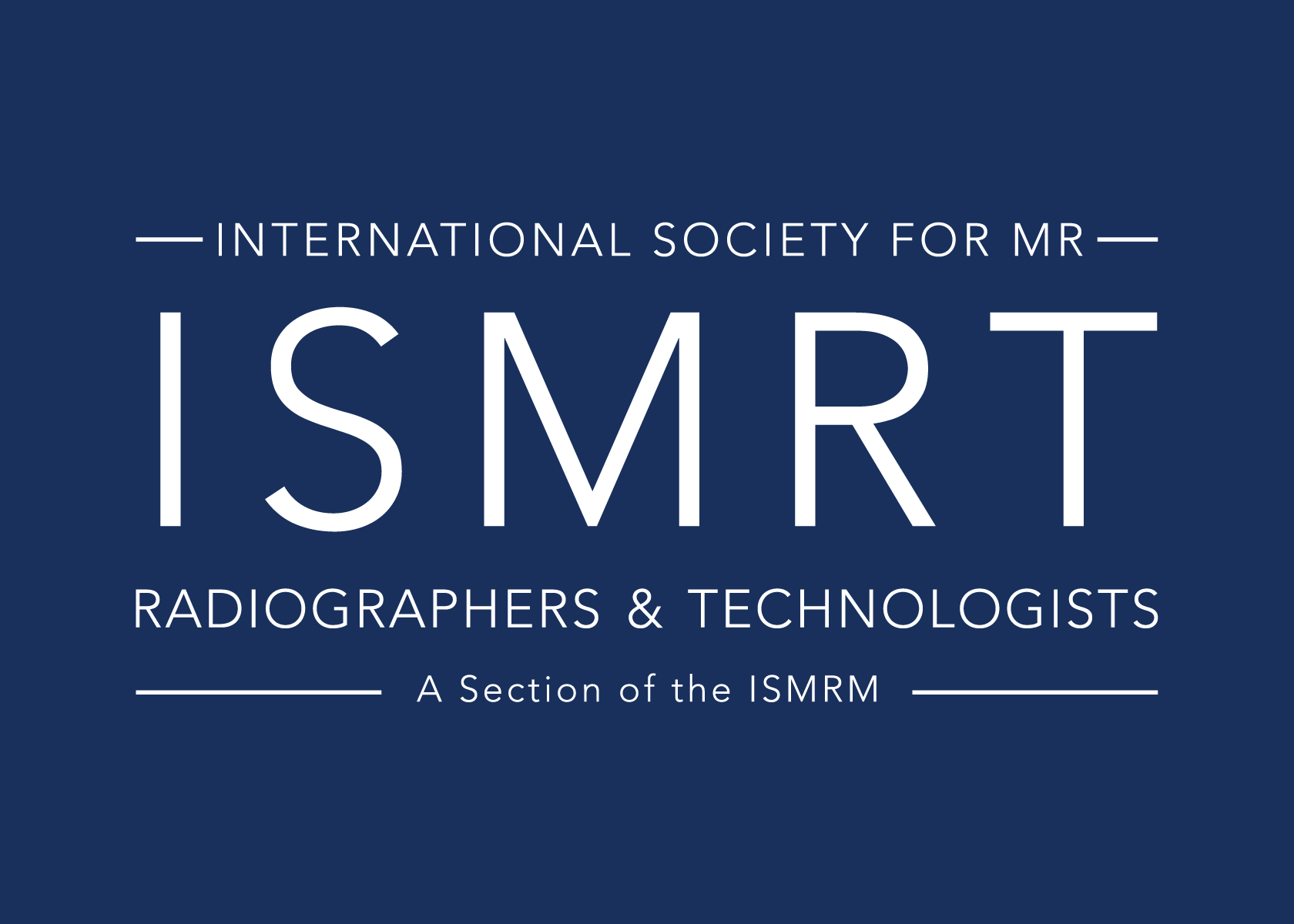As described in the Call for Abstracts, the synopsis has a new format this year, with structured sections, and a separate section (to be appended to the synopsis as well as used as a standalone) called “Impact.”
Here we present an overview description, some tips, and some examples to give guidance on what is meant by these headings.
NOTE:
- The examples are just illustrative and not meant to represent any actual particular project or abstract.
- Synopsis will always be printed with the impact section appended.
- “Impact” will also be used as a standalone, so it might repeat some aspects of the synopsis. In particular, it should be clear what you accomplished to enable the potential impact.
- Since the synopsis / impact is meant for all attendees, avoid jargon. Present complex concepts in simple terms; keep the wording (but not necessarily the thought) simple such that anyone at the meeting will be able to understand why the study was done, what was done, and what was found.
- The synopsis and impact will be included with the abstract, so the main body of the abstract need not repeat the synopsis and impact, and can concentrate on a more detailed description of all aspects of the synopsis / impact for those more specialized in the area.
Tip #1
Be SPECIFIC (but not detailed). What in particular is your study looking at within the larger problem at hand? Details regarding the study can go in the main abstract.
MOTIVATION |
IMPACT |
||
INSTEAD OF |
USE |
INSTEAD OF |
USE |
X artifacts are severe in ultra-low field MRI. |
X artifacts in ultra-low field MRI currently preclude evaluation of y. |
X artifacts can be reduced in ultra-low field MRI, significantly improving image quality. |
Ultra-low field MRI with our new (xx) gradient correction mechanism should now be able to reliably evaluate y within the needed clinical accuracy, a primary unmet need in areas where (disease) is common and ultra-low field MRI is being implemented. |
|
Full Synopsis and Impact: Motivation: X artifacts in ultra-low field MRI preclude evaluation of y. Goal: Our goal was to reduce the artifact such that measurement of y at zT would be as accurate as a measurement at 1.5T. Approach: We introduced an xx correction in the gradient waveform and tested phantoms with resolutions of (phantom spacings) at both field strengths. Results: Accuracy of the zT measurement was initially w, and improved to ww with the gradient corrections. Impact: Ultra-low field MRI with our new (xx) gradient correction mechanism should now be able to reliably evaluate y within the needed clinical accuracy, a primary need in areas where (disease) is common and ultra-low field MRI is being implemented. |
|||
Tip #2
Impact does not mean that something had a positive or expected result. “Why the work will matter” might be that it shows that a pivot or new direction is needed. This might be important and impactful! Do not try to force your work to ‘positive results’ when that is not what the data are showing.
MOTIVATION |
IMPACT |
||
INSTEAD OF |
USE |
INSTEAD OF |
USE |
A modified method (B) for imaging of (organ) was investigated. |
While (organ) can be imaged utilizing Method A, improved conspicuity of x might be achieved with Method B, enabling better evaluation of the degree of (condition). |
Method B conspicuity was comparable to Method A. |
While Method A and B showed comparable conspicuity, Method B did not contribute additional information, suggesting that either could be used clinically depending on available sequences, and/or other avenues for diagnostics should be pursued. |
|
Full Synopsis and Impact: Motivation: While (organ) can be imaged utilizing Method A, improved conspicuity of x might be achieved with Method B, enabling better evaluation of the degree of (condition). Goal: Our goal was to demonstrate the comparable conspicuity of (organ condition) utilizing Method B as compared with Method A. Approach: (n) patients were imaged using both Methods. Conspicuity was measured as (metric) by 2 radiologists blinded to the Methodology utilized. Results: Both Methods achieved comparable conspicuities (data). Impact: While Method A and B showed comparable conspicuity, Method B did not contribute additional information, suggesting that either could be used clinically depending on available sequences, and/or other avenues for diagnostics should be pursued. |
|||
Tip #3
For new generalized technologic capabilities: While a given advance may have the potential to impact a wide variety of applications, it is helpful to identify at least one which will clearly benefit – perhaps the first application that the technology might be utilized for.
MOTIVATION |
IMPACT |
||
INSTEAD OF |
USE |
INSTEAD OF |
USE |
MRI method x yields high image quality but is time consuming. |
MRI method x demonstrates y but is too long an acquisition for evaluation of moving structures such as z. |
The increased acquisition speed will be useful in a variety of applications. |
The improvement in acquisition speed through (method used) may benefit individuals with (disease) in need of assessment of (moving structure) which can now be imaged within (time), in addition to many other applications. |
|
Full Synopsis and Impact: Background: MRI method x demonstrates y, but is too long an acquisition for evaluation of moving structures such as z. Goal: Our goal was to reduce the acquisition time by a factor of w. Approach: The (pulse sequence) was modified by (modification) and image quality measured with (metric). Results: Comparable image quality (data) was obtained with the modified pulse sequence with a factor of w decrease in acquisition time. Impact: The improvement in acquisition speed in the x protocol through (method used) may benefit individuals with (disease) in need of assessment of (moving structure) which can now be imaged within (time), in addition to many other applications. |
|||
Tip #4
Keep in mind that “impact” can take many forms; it can be, for example, that other scientists might now think about a problem differently, opening new questions or lines of investigations to be answered; it can be specific applications of the advances in technological capabilities; or new clinical information that can be disseminated and implemented more widely.
MOTIVATION |
IMPACT |
||
INSTEAD OF |
USE |
INSTEAD OF |
USE |
The metabolic process underlying liver fibrosis is not well understood. |
The (particular) step in the process of fibrosis has not yet been elucidated; |
A step in the process of fibrosis has been clearly delineated. |
Conversion of a to b in the process of liver fibrosis has been shown to be via c; this step may be amenable to pharmacologic intervention as it is specific to the liver, and opens new biological avenues for investigation. |
|
Full Synopsis and Impact: Background: The (particular) step in the process of fibrosis has not yet been elucidated. Goal: In particular, our goal was to determine the intermediary steps in the conversion of a to b. Approach: We utilized x spectroscopy technique in a mouse model of y. Results: Results demonstrated that c was a product during the disease advancement to the fibrosis stage. Impact: Conversion of a to b in the process of liver fibrosis has been shown to be via c; this step may be amenable to pharmacologic intervention as it is specific to the liver, and opens new biological avenues for investigation. |
|||
Tip #5
For clinical goals, denote specifically how the achieved goal will change clinical trials or care, or improve clinical processes, etc.
MOTIVATION |
IMPACT |
||
INSTEAD OF |
USE |
INSTEAD OF |
USE |
Earlier detection of osteoarthritis is needed. |
Physical therapy and pharmacologic protocols are being proposed to prevent arthritis from developing, however there is currently no means of evaluating their effects in vivo. |
These results enable an earlier detection of (x) changes in the knee. |
Our demonstration of a detectable decline in y within z months after (injury) utilizing x MRI provides a quantitative metric to be utilized within physical therapy trials for prevention of arthritis. |
|
Full Synopsis and Impact: Background: Physical therapy and pharmacologic protocols are being proposed to prevent arthritis from developing, however there is currently no means of evaluating their effects in vivo. Goal: Our goal was to determine if x MRI could detect changes in y within z months in patients immediately after (injury). Approach: Patients within 1 month of (injury) were imaged at baseline, y months, and 1 year and compared with a non-injured cohort. Results: We found an xx% change in y within z months and xxx% after a year, which was significantly different than in the control population. Impact: Our demonstration of a detectable decline in y within z months after (injury) utilizing x MRI provides a quantitative metric to be utilized within physical therapy trials for prevention of arthritis in this setting. |
|||
Tip #6
If improved diagnosis / prognosis is established, state in what setting particular patients might benefit, and how this might impact patient management.
MOTIVATION |
IMPACT |
||
INSTEAD OF |
USE |
INSTEAD OF |
USE |
There is a need for prediction of outcome in the setting of x disease. |
In the setting of x disease, it is currently difficult to determine prognosis and hence counsel patients. |
Our new ML algorithm improved prediction of x morbidity in the setting of y. |
The improved predictive value of the new ML algorithm based on z is sufficient to allow physicians to better advise patients with (disease) of their choices of surgery vs palliative care. |
|
Full Synopsis and Impact: Background: In the setting of x disease, it is currently difficult to determine prognosis and hence counsel patients. Goal: Our goal was to determine the predictive ability of ML algorithm. Approach: Images of y were obtained from records of (number) of patients. The ML algorithm was trained on z%, and tested on the remainder. Results: The algorithm was able to determine the outcome of zz with a predictive value of w. Impact: The demonstrated predictive value of w with the new ML algorithm based on z is sufficient to allow physicians to better advise patients with (disease) of their choices of surgery vs palliative care. |
|||
These examples are provided by Deb Burstein, in collaboration with the AMPC 2024-2026 chairs (Brian Hargreaves, Kei Yamada and Katy Keenan) in an effort to improve cross-field communication of abstracts and the implications of the studies while offering consistent formats for attendees.
For more information, additional ‘tips’ and examples, see the following publication and its associated supplementary files. https://doi.org/10.1016/j.ostima.2023.100155 Epub 2023 Jun 14. PMID: 37799979; PMCID: PMC10552445.


